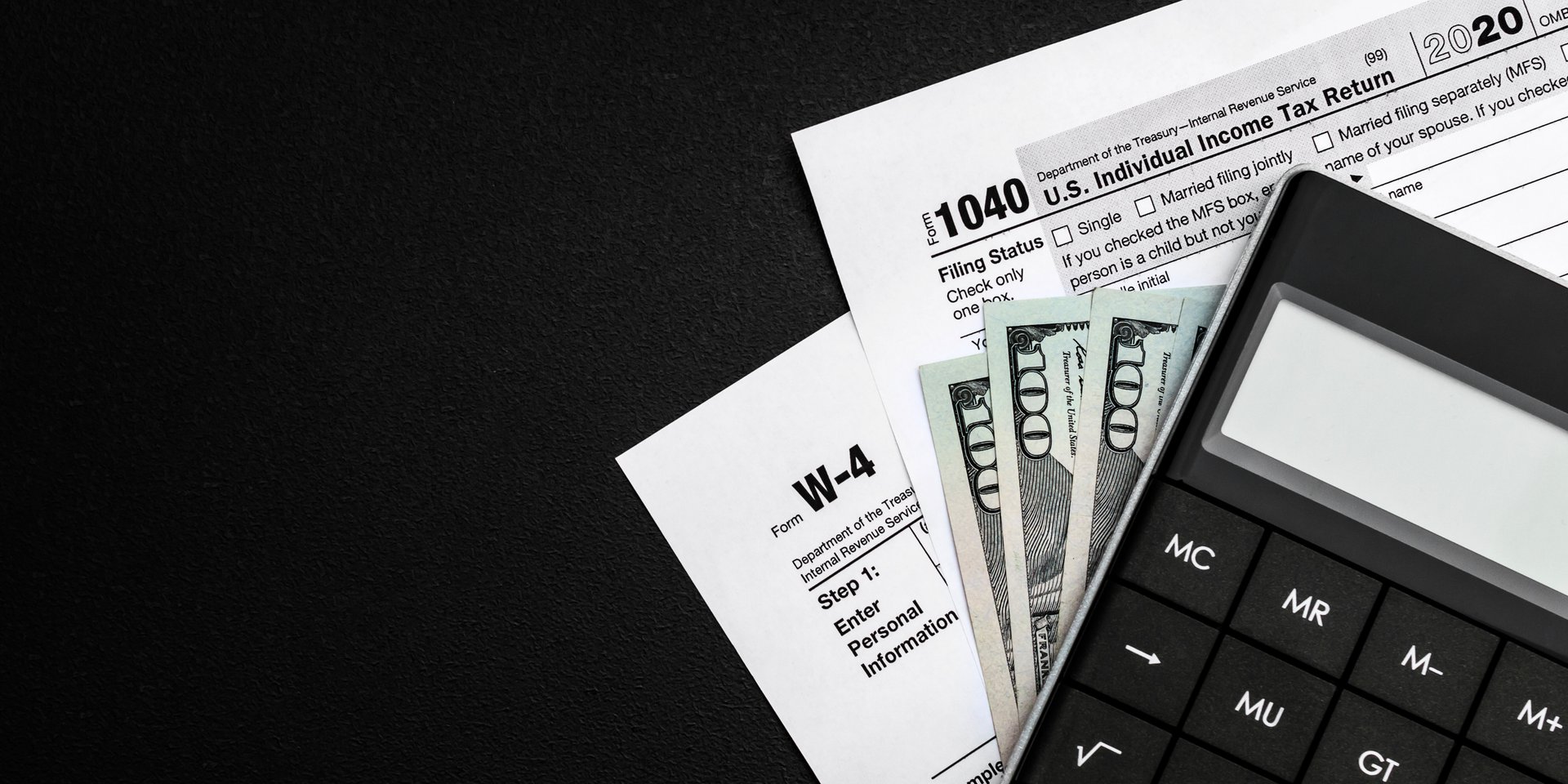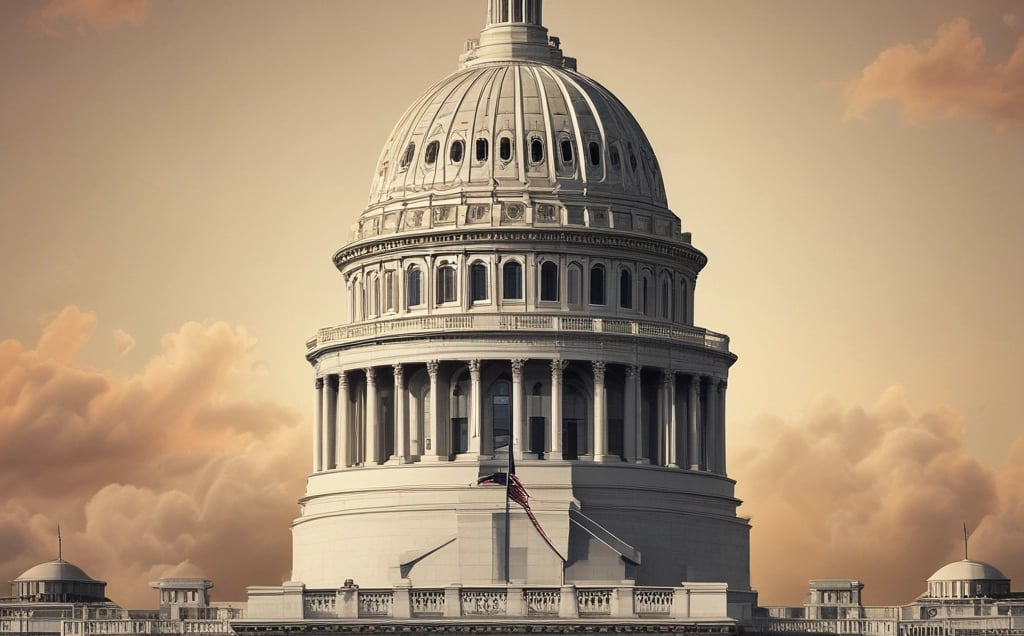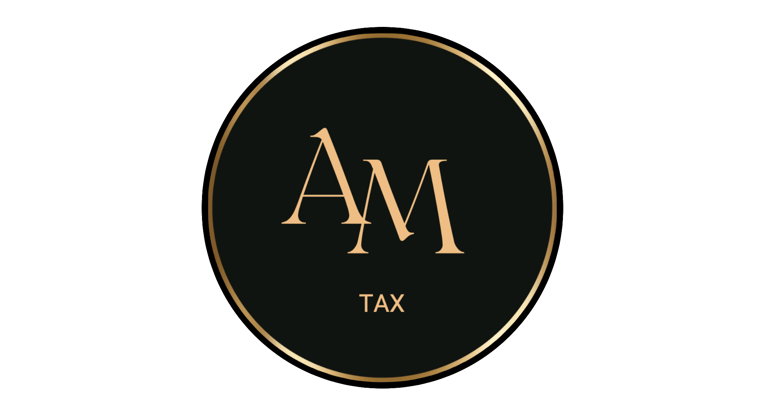
Breaking Down the ‘One Big Beautiful Bill Act’: What It Could Mean for Taxpayers
A new proposal called the One Big Beautiful Bill Act is making headlines — but what does it actually mean for taxpayers? Here’s a simple breakdown from AM Tax Inc. on how this legislation could affect your taxes, deductions, and IRS processes.
TAX NEWS
Anastasia Mironova EA
10/12/20258 min read


Introduction to the One Big Beautiful Bill Act
The One Big Beautiful Bill Act represents ambitious legislation aimed at reshaping various facets of the tax system in the United States. Introduced against a backdrop of increasing public demand for substantial tax reform, this bill seeks to consolidate multiple complex tax provisions into a single, cohesive framework. This approach is being referred to as 'big' due to the extensive scope of reforms encompassed and 'beautiful' because of the anticipated simplification and transparency it promises for taxpayers.
The political context surrounding the One Big Beautiful Bill Act is crucial to understanding its significance. Its introduction has generated a polarizing debate among lawmakers, reflecting differing ideologies regarding taxation and public spending. Advocates argue that the bill will streamline tax processes, thus reducing the burden on taxpayers who often navigate convoluted tax codes. Conversely, opponents express concerns about potential implications for public services and the equity of tax burdens.
Key stakeholders in this legislative endeavor include political parties with contrasting viewpoints, lobbyists who represent a multitude of interests, and taxpayer advocacy groups that seek to ensure the legislation aligns with the needs of the general population. Political maneuverings surrounding the One Big Beautiful Bill Act demonstrate the lengths to which these stakeholders will go to influence its final form. The active engagement of such diverse groups highlights the importance of this legislation and its potential long-lasting impact on the American taxpayer.
As discussions around the bill continue to evolve, the One Big Beautiful Bill Act stands at the forefront of the dialogue on tax reform, illustrating both the promise and challenges of undertaking comprehensive legislative initiatives in a complex political landscape.
Overview of Key Provisions
The ‘One Big Beautiful Bill Act’ presents an extensive array of provisions designed to significantly reshape the current landscape of taxation, government spending, and social services. One of the central components of the Act is the restructuring of tax brackets. The proposal includes adjusting income thresholds, which, in turn, aims to ease the tax burden on low and middle-income families while introducing a more progressive tax approach. This could potentially yield increased disposable income for lower-income households, thereby stimulating consumer spending and fostering economic growth.
Another critical aspect of the Act is the revision of corporate taxation. The bill proposes a slight increase in the corporate tax rate while eliminating certain loopholes that have historically allowed large corporations to minimize their tax obligations. By closing these loopholes, the government aims to enhance revenue for public services, thus promoting a fairer distribution of tax responsibilities across different business sizes and sectors. The impact of these changes on small businesses will be particularly noteworthy, as they could either face a heavier tax burden or benefit from increased government support initiatives.
The Act also emphasizes the expansion of social services, with a substantial allocation of funds directed towards healthcare, education, and housing assistance programs. Such initiatives are tailored to support underserved populations and foster social equity across various demographics. A significant focus is placed on the funding of Medicare and Medicaid services, enhancing access for low-income individuals and families. This infusion of funding has the potential to ameliorate healthcare disparities and improve overall public health outcomes.
Additionally, environmental sustainability is a focal point in the bill, with incentives for renewable energy use and stricter regulations on pollution. By incorporating these provisions, the Act seeks to address climate change while promoting sustainable practices among taxpayers and businesses. Overall, the comprehensive nature of the ‘One Big Beautiful Bill Act’ reflects a profound commitment to alter the fabric of fiscal policy, aiming for more equitable outcomes across different taxpayer demographics.
Impact on Tax Rates
The ‘One Big Beautiful Bill Act’ introduces a series of proposed changes to tax rates that could significantly affect individual taxpayers and businesses alike. Under this act, there are plans to revise existing tax brackets, potentially shifting rates to address income distribution and enhance overall revenue collection. The intention behind these amendments is to create a more equitable taxation system that alleviates the tax burden on lower and middle-income earners while ensuring high-income individuals contribute a fair share.
For individual taxpayers, the act suggests adjustments in personal income tax rates. Specific brackets may experience reductions or increases, designed to lighten the financial load for lower-income families while imposing steeper rates on the wealthiest taxpayers. This can result in immediate savings for some while creating a gradual increase in others, particularly those whose income places them in higher brackets. Consequently, it is anticipated that some taxpayers could see enhanced disposable income, thus stimulating consumer spending and overall economic activity.
In parallel, the proposed reforms extend to businesses with potential alterations in corporate tax rates. The bill envisions a tiered framework that accommodates small businesses differently than large corporations. By lowering corporate taxes for smaller enterprises, the act aims to promote entrepreneurship and economic growth at the local level. Larger corporations, on the other hand, might face increased rates, thereby redistributing wealth across different income levels.
The reasoning behind these tax reforms appears rooted in addressing economic disparities and funding essential public services. The act seeks to balance the need for revenue with the imperative of reducing taxpayer burdens, fostering a sustainable economic environment that benefits all taxpayers while ensuring effective resource allocation. An understanding of how these changes will affect different income brackets is crucial as the implications extend beyond personal finances to encompass nationwide economic health.
Economic Implications of the Act
The One Big Beautiful Bill Act is poised to have far-reaching economic implications that could significantly impact taxpayers. One of the principal effects anticipated from this legislation is job creation. By allocating substantial funding towards infrastructure projects and clean energy initiatives, the act is expected to generate numerous employment opportunities across various sectors. According to economic models, increased government spending in these areas can lead to a multiplier effect, whereby every job created also supports additional jobs indirectly in related industries.
Inflation is another critical aspect influenced by the provisions of the One Big Beautiful Bill Act. Economic experts express varying views on whether the act could exacerbate inflationary pressures. Some analysts argue that increased federal spending might lead to higher demand than supply, potentially driving prices upward. However, other experts believe that if the act facilitates more substantial investments in production capabilities and efficiency, it could stabilize prices in the long run. The relationship between government spending and inflation, therefore, requires careful monitoring and may depend on how effectively the funds are utilized.
Moreover, businesses might experience a mixed bag of outcomes stemming from the enactment of this bill. For smaller enterprises, increased investment in infrastructure could facilitate better transportation and logistics, thereby enhancing efficiency and reducing costs. Conversely, larger corporations might face higher taxes or regulatory constraints if the funding mechanisms for the act necessitate a re-evaluation of the tax code. This change could challenge their efforts to maintain profit margins, possibly resulting in scaled-back investments or workforce adjustments.
Overall, the economic ramifications of the One Big Beautiful Bill Act warrant close examination, as its effects on job markets, inflation rates, and business operations could redefine the economic landscape for taxpayers in the coming years.
Reactions from Taxpayer Advocacy Groups
The introduction of the 'One Big Beautiful Bill Act' has elicited a diverse array of responses from various taxpayer advocacy groups, reflecting a spectrum of perspectives regarding its potential impact on taxpayers. Proponents of the Act assert that it offers a comprehensive approach to tax reform, promoting equity in the tax system by ensuring wealthier individuals contribute a fairer share. They argue that the bill's structure enhances transparency and simplifies the tax code, making it easier for taxpayers to understand their obligations. Advocacy groups supporting the Act emphasize the anticipated positive outcomes, including improved governmental revenue streams that could fund essential public services.
Conversely, critics of the bill express significant concerns regarding its potential effectiveness and fairness. Some taxpayer advocacy groups argue that the proposed legislation may inadvertently create loopholes that wealthy individuals could exploit, undermining the bill's intentions of achieving a fairer tax landscape. They caution that certain provisions could lead to uneven enforcement, particularly impacting lower-income taxpayers who may lack the resources to navigate the complexities introduced by the Act. These concerns underscore a prevalent sentiment among skeptics who question whether the bill truly addresses long-standing inequities within the tax system.
Public opinion has also played a crucial role in shaping the dialogue surrounding the 'One Big Beautiful Bill Act.' Surveys have shown that while many taxpayers favor reforms aimed at ensuring the wealthy pay their fair share, there is apprehension about increased bureaucratic oversight and the potential for mismanagement of tax revenues. In light of these varied viewpoints, advocacy organizations are continuing to strategize on how to influence lawmakers to either support modifications to the bill or propose alternative approaches that ensure maximum benefit for taxpayers. The ongoing debate highlights the complexity of tax reform and the diverse needs within the taxpayer community.
Future Provisions and Amendments
The trajectory of the One Big Beautiful Bill Act is expected to be influenced by various factors that could lead to significant future provisions and amendments. As this legislation navigates the complexities of the political landscape, public feedback will play a critical role in shaping its content and direction. Legislators often rely on community input to understand the needs and concerns of taxpayers; thus, public forums and online platforms will likely emerge as vital channels for citizens to express their opinions and preferences regarding the proposed tax reforms.
Additionally, lobbying efforts by interest groups and organizations will be instrumental in swaying lawmakers' decisions. These entities, which represent various sectors of the economy, may advocate for specific amendments that align with their objectives. Their influence could potentially lead to the inclusion of tax breaks, credits, or incentives aimed at specific populations or industries, thereby directly impacting the overall structure of the bill. Political negotiations among lawmakers from different parties will also be pivotal as they seek to find common ground and building consensus around controversial issues presented in the Act.
Moreover, the dynamic nature of political negotiations means that the One Big Beautiful Bill Act could undergo a series of revisions in response to shifting priorities or emerging economic conditions. As lawmakers respond to the feedback they receive and navigate through lobbying pressures, amendments may be introduced that alter rates, adjust thresholds, or introduce entirely new provisions that affect the way taxes are assessed. Understanding these potential changes may help taxpayers prepare for the bill's possible implications on their financial obligations, as well as the services that may be funded through this legislative initiative.
Conclusion: The Bigger Picture for Taxpayers
The One Big Beautiful Bill Act marks a significant moment in the landscape of tax legislation, and its potential long-term effects on taxpayers are profound. As citizens, it is crucial for taxpayers to remain informed about such legislative measures, which can substantially influence their financial responsibilities and broader economic conditions. This act could reshape various aspects of the tax system, including rates, deductions, and credits, thereby directly affecting individuals and businesses alike.
Moreover, understanding the implications of the One Big Beautiful Bill Act is essential for navigating the complexities that accompany federal tax law changes. Taxpayers should actively engage in the democratic process by voicing their opinions and advocating for legislative adjustments that best serve their interests. This involvement not only allows for the representation of diverse viewpoints but also empowers taxpayers to take ownership of their civic responsibilities while fostering a sense of community engagement.
As this act unfolds, it will be vital for taxpayers to examine how the changes might impact their personal finances. Whether it involves adjustments to income tax brackets, modifications to standard deductions, or updates to specific tax credits, residents must evaluate the potential outcomes these shifts could bring to their day-to-day lives. Financial planning, informed by accurate information regarding upcoming tax reforms, will undoubtedly help individuals and families prepare for any adjustments they might encounter.
In conclusion, while the One Big Beautiful Bill Act introduces a pivotal shift in tax policy, its effects will not be felt uniformly across the board. Taxpayers should remain vigilant, informed, and involved, ensuring that they can effectively respond to and navigate the implications of this substantial legislative effort in their financial lives.


